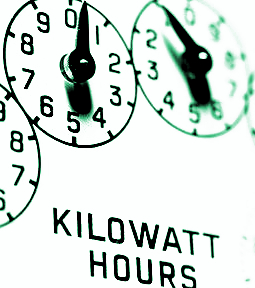Powerful 'Plan B' outlined
 Two veterans of the energy sector are pushing a $6 billion alternative energy transition plan.
Two veterans of the energy sector are pushing a $6 billion alternative energy transition plan.
The so-called “Plan B alternative” not only promises to accelerate the integration of wind and solar farms into the grid but also save up to $5 billion.
The plan hinges on leveraging upgrades to existing power infrastructure, sidestepping the need for controversial new 90-metre-wide easements and towering 80-metre-high structures that have sparked outrage among western Victorian farmers.
The architects of the alternative, Bruce Mountain, head of the Victorian Energy Policy Centre, Simon Bartlett, a veteran of the power industry, and landowners' representative Darren Edwards, are on a mission to shake up the energy landscape.
They contend that their Plan B could eclipse the contentious VNI-West and Western Renewables Link projects in both cost savings and efficiency.
In a report titled "No Longer Lost in Transmission", the viability of the existing $3.5 billion projects is picked apart, suggesting they may fall short of delivering on their promised advantages, such as substantial cost reductions and the necessary capacity to meet Victoria's ambitious renewable energy targets.
The Plan B alternative, coming in at approximately $6 billion, could not only cut costs but also provide significantly greater hosting capacity to usher Victoria toward its renewable energy ambitions, its proponents say.
Merryn York, head of system design at the Australian Energy Market Operator (AEMO), has dismissed the Plan B proposition, saying many of its concerns were already addressed during consultations.
Furthermore, she contended that Plan B could trigger demolitions and risk power supply to vital regional and rural areas during construction.








 Print
Print